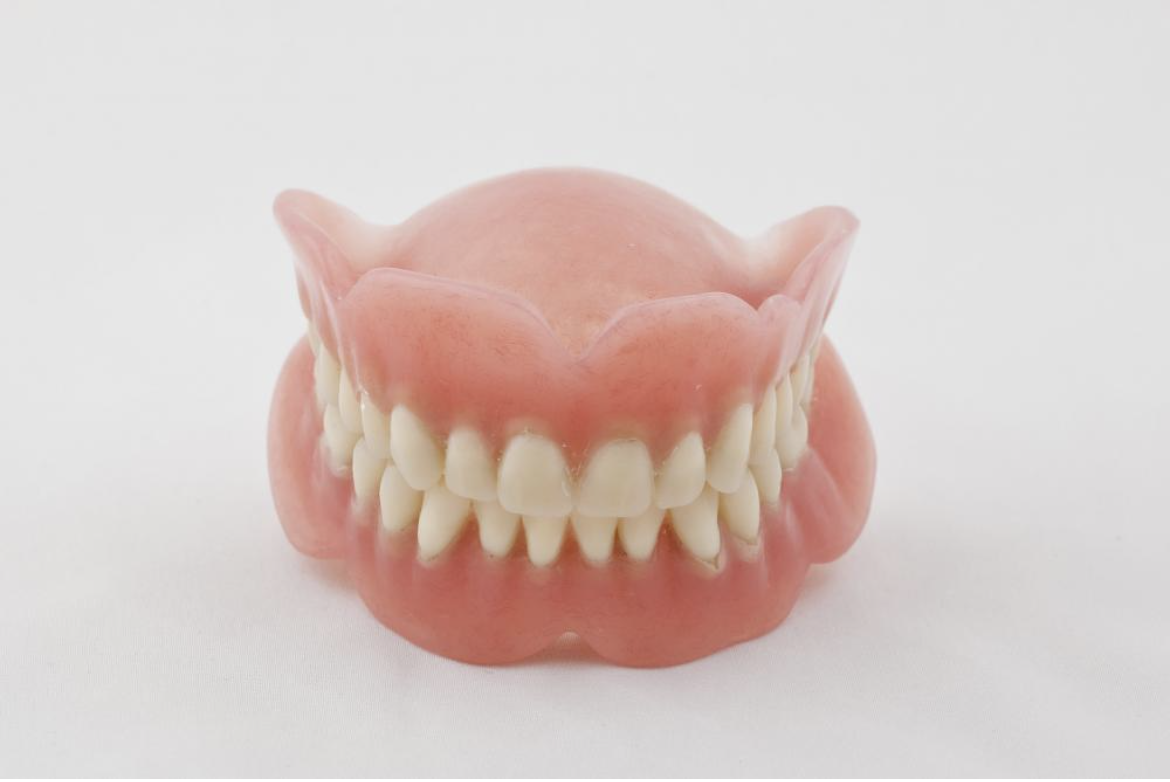As the name suggests, the major purpose of a dental bridge is to cover the gap left behind by a broken teeth. It is also used to fill cavities that are developed as a result of a bacterial infection. Bridges are permanently cemented into mouth and cannot be removed on a temporary basis. If a bridge is not placed in between the teeth, they will lose their original position in an attempt to fill up the empty space.
How is a Bridge Made?
A bridge is made by placing dental crowns on two or more teeth present around the gap. These teeth act as a support post for the bridge and are referred to as abutment teeth. A false tooth is often placed between abutment teeth to occupy the empty space and is called Pontics. The false tooth is made up of alloy, gold, porcelain or other similar material. Natural teeth and implants can both be used to provide support to the bridge.
Types of Bridges:
Bridges can be categorized into the following three types depending upon their structure:
- Traditional Bridge:
Traditional bridge is the oldest yet the most common type of bridge. It is supported on two natural teeth with a false tooth in between. These bridges are quite strong and can even replace molars if needed. The enamel of adjacent teeth is cleaned so that crowns can be placed on the top. The crown cannot be removed as the absence of enamel leads to infection.
- Cantilever Bridge:
Cantilever bridges are installed at the ends of mouth, where supporting teeth are present only on one side. A pontic is used in this method as well, but it supports only a single side. It is not recommended anymore due to the immense damage it inflicts upon the remaining teeth.
- Maryland Bonded Bridge:
It is also known as Resin-bonded Bridge and is made of porcelain fused on metal. This approach holds pontic with porcelain support and this frame is connected with adjacent natural teeth to keep it intact. There is no need to file the adjacent teeth due to a lack of crowns. It is an alternative for traditional bridge and eliminates the need of enamel cleaning.
A bridge is suitable for filling up the empty space created when a permanent tooth falls down. It restores the eating capabilities that were affected due to teeth loss.

